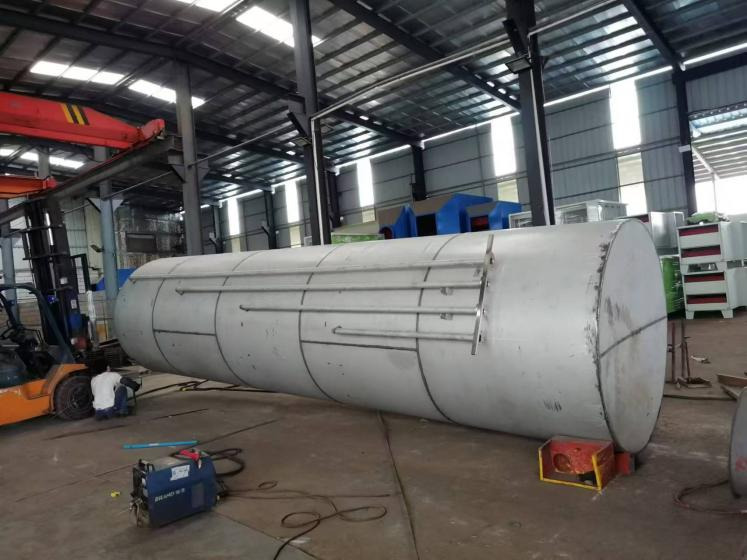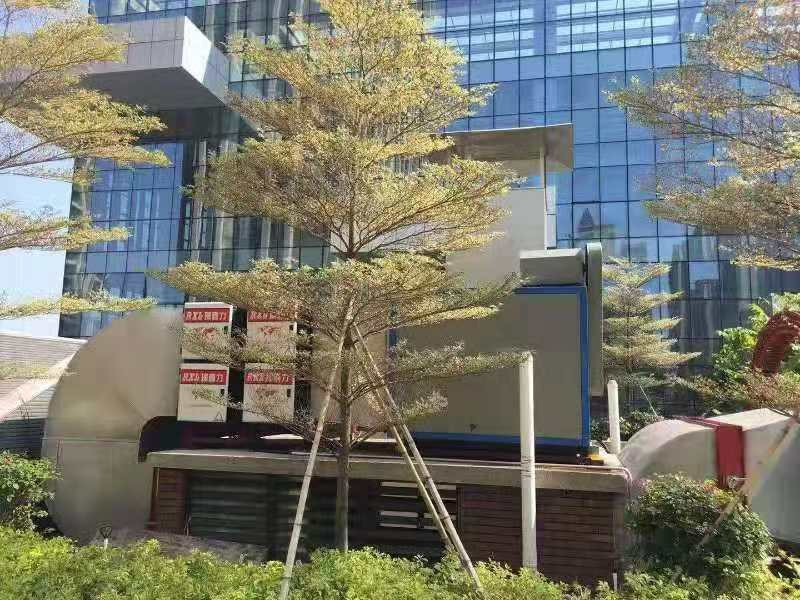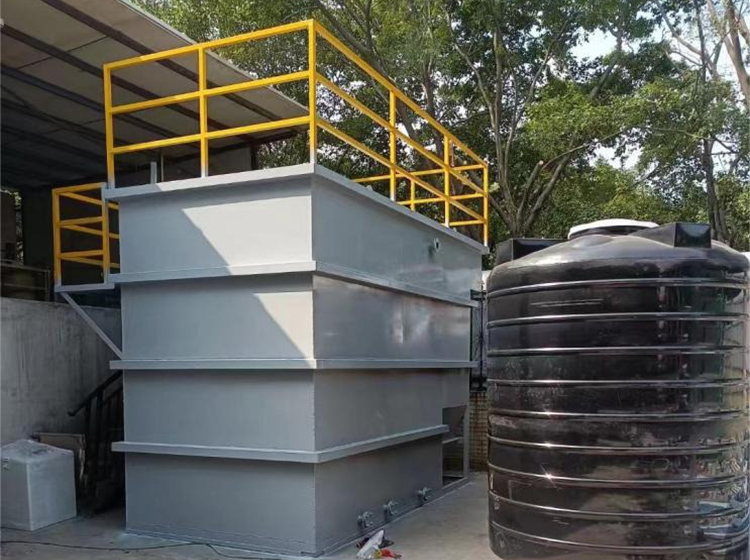Common methods for industrial waste gas treatment
In industrial production activities, various types of exhaust gases are inevitably generated. If these exhaust gases are not treated in a timely and reasonable manner, they can pollute the air and affect the environment. In serious cases, they can also cause harm to our bodies. So, we need to pay attention to the treatment of industrial waste gas. First, we need to understand the causes of waste gas generation, and then solve the problem of waste gas according to the causes. What are the commonly used methods for waste gas treatment? There are advantages and disadvantages to these aspects, so choose the appropriate non industrial waste gas treatment method based on our actual situation.
1. Microbial decomposition method: using circulating water flow to contain pollutants in odorous exhaust gas in water, and then cultivating microorganisms in a water culture bed to degrade the pollutants into low-risk substances. However, due to the influence of microbial activity, the cultivated microorganisms can only treat one or several gases with similar properties. To improve treatment efficiency and stable operation, chemicals, pH value, temperature, etc. are added, which results in relatively high operating costs.
2. Activated carbon adsorption method: utilizing the developed internal pore structure of activated carbon and the principle of huge specific surface area to adsorb odorous waste gas molecules passing through the activated carbon pool, the initial treatment efficiency can reach 65%, but it is easily saturated and has high operation and maintenance costs. However, the effect of high humidity waste gas is not significant, and it is easy to cause secondary environmental pollution.
3. Plasma method: The principle of using high-voltage electrodes to emit ions and electrons, disrupting the structure of odor molecules, bombarding odor molecules in exhaust gas, thereby cracking odor molecules, and achieving significant purification effects on low concentration odor gases. But with high electricity consumption and the need for dust cleaning, the operation and maintenance costs are high, which can easily cause accidents for high concentration flammable and explosive gases.
4. Plant spray deodorization method: By spraying plant extract solution into the space where odorous gases are generated, the odorous gases are neutralized and absorbed to achieve deodorization. The deodorization effect can reach a low concentration of up to 50%. Different sprays are selected for different odors, and plant spray solution needs to be added frequently. Equipment maintenance is required, and the operation and maintenance costs are high, which can easily cause secondary pollution.








